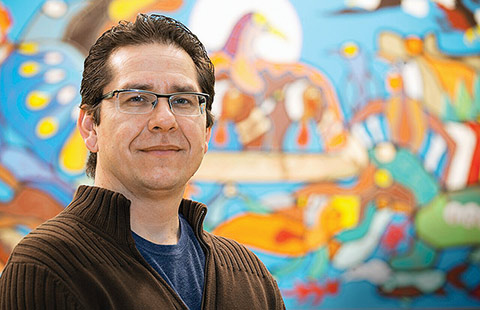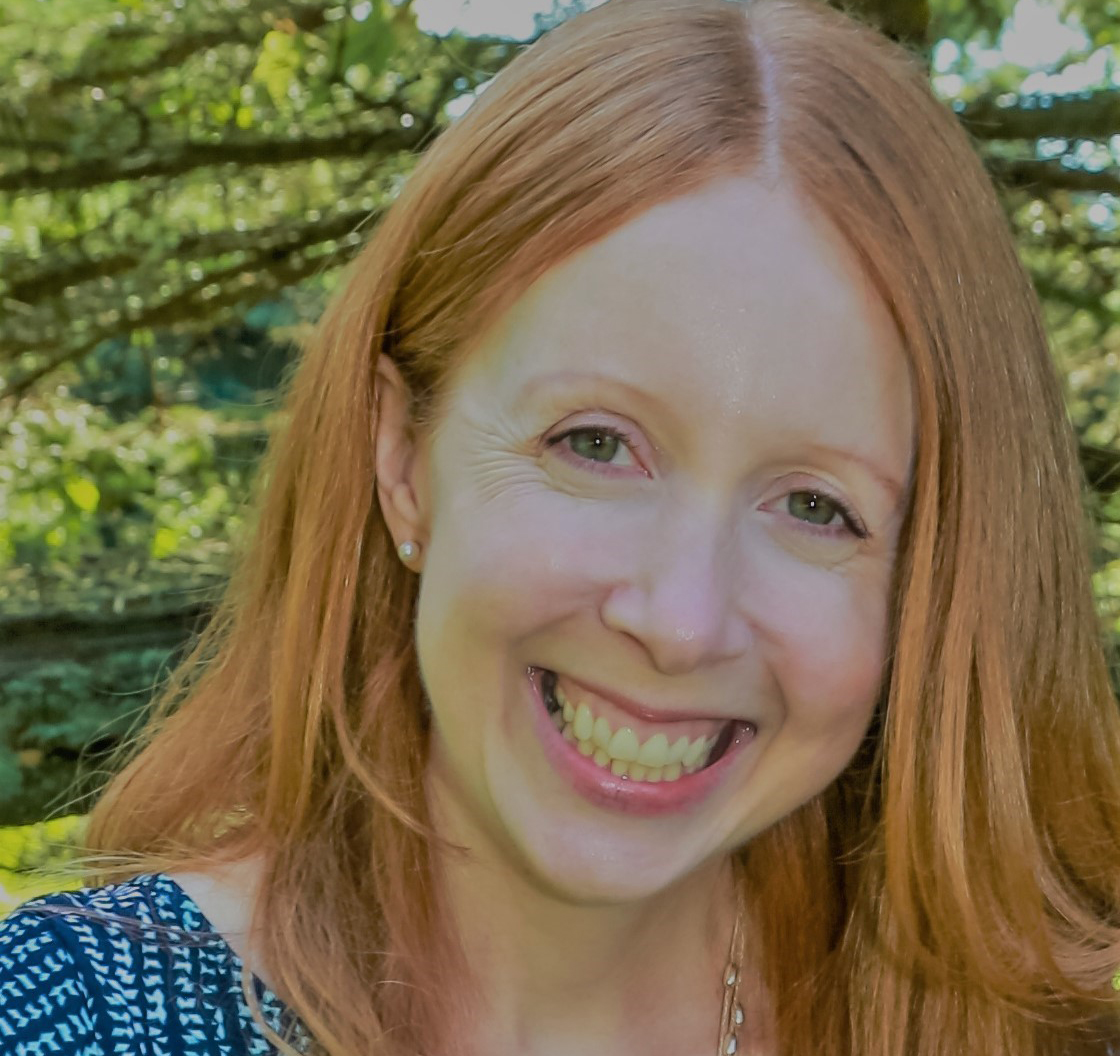A year before James Bird came to U of T in 2010, he testified at the federal government’s Truth and Reconciliation Commission about his experiences in a residential school in the Northwest Territories. Among other things, he spoke about running away and being returned by police. When the commission released its report last June, Bird read the 94 calls to action aimed at reconciling the relationship between Canada’s indigenous and non-indigenous people with interest.
Now Bird is a member of a 14-person committee comprising staff, faculty, administration, students and elders charged with taking action on the commission’s educational recommendations. “Starting this dialogue on reconciliation is so important not just to the university, but to the rest of Canada,” says Bird, an Aboriginal Studies major who has been studying part-time since enrolling at U of T through the Transitional Year Programme.
Jonathan Hamilton-Diabo, director of aboriginal student services at First Nations House – and co-chair of the committee with Munk School of Global Affairs director Stephen Toope – says U of T has a strong foundation of programs related to indigenous people. “Now it’s time to look at the commission’s calls to action and advance the work that’s already happening here.”
Hamilton-Diabo cites the support and outreach offered by First Nations House – established in 1992 – as one of the university’s existing strengths, and believes it has contributed greatly to encouraging indigenous students to attend U of T. Since he began working at the university in 2000, he has witnessed a growth in indigenous faculty members, academic programming and research, and resources such as the Waakebiness-Bryce Institute for Indigenous Health. “The interest in indigenous issues has increased at all levels of the university, and it’s opened a lot of doors for me as a staff member,” he says. “It just wasn’t on the radar for some people when I started.”
But Hamilton-Diabo and Bird stress that there is much work to be done to meet the challenges presented by the commission. Many, but not all, faculties have expanded the representation of indigenous people in their curricula, teaching staff and student body. “It shouldn’t be about adding one aboriginal course, or only setting up programs that are aboriginal-specific. It should be a constant presence of indigenous voices across the institution,” says Hamilton-Diabo.
While they agree that the committee’s work will be a long-term, complex process, they are optimistic about it. The group began meeting in February and will present an interim report by July 1. The final recommendations are due December 31. “There’s a window for reconciliation now, and I don’t think it’s going to stay open forever,” says Bird. “We’re in an important time when we can do the work to make this real.”
Read the latest edition of U of T’s First Nations House magazine.
Recent Posts
U of T’s 197th Birthday Quiz
Test your knowledge of all things U of T in honour of the university’s 197th anniversary on March 15!
Are Cold Plunges Good for You?
Research suggests they are, in three ways
Work Has Changed. So Have the Qualities of Good Leadership
Rapid shifts in everything from technology to employee expectations are pressuring leaders to constantly adapt







One Response to “ U of T to Take Action on Truth and Reconciliation Commission ”
One way to get to the truth might be for non-Aboriginals to start teaching their kids about the real history of Canada.
As a six- year old growing up in Muskoka, Ontario, my mother sat me down in the pine forest with women of the Gibson Mohawk Reserve where they taught me beading and told me stories. My dad worked with the Gibson men who provided excavation and electrical services for our house. My Christmas presents were C.W. Jeffery's books on Canadian history, mostly illustrations of First Nations culture.
While at U of T, I worked summers in the Algonquin and northern Quebec bush, camping in a tent beside Indigenous trappers who helped me cut lines for geological surveys.
My life partner, Bev Davison (BA 1960 Victoria), agreed with me that "waiting at the same bus stop for the rest of our lives, just didn't cut it." We bought pack sacks and tickets to Dar es Salaam. We did volunteer work, teaching and building medical clinics in Africa, Middle East and Asia. We were not funded but the education was worth more than anything we learned in school.
Back in Canada, we were offered positions in north Saskatchewan, Bev as a special ed. director and me providing architectural teaching and building in 30 Indigenous communities.
I am now '80, "retired" (ha!) and just returned from Egypt where I was invited to document the ongoing excavations at Tel 'er Rub'a in the delta. I am completing 20 paintings scheduled for exhibition in Toronto, Montreal and Cairo next year. Learning never ends.
Sadly, my heroic travel partner, Bev, succumbed to pancreatic cancer on Canada Day, 2013. She worked to her last breath helping students with learning disabilities.
W. David Butt
BArch 1961
Regina